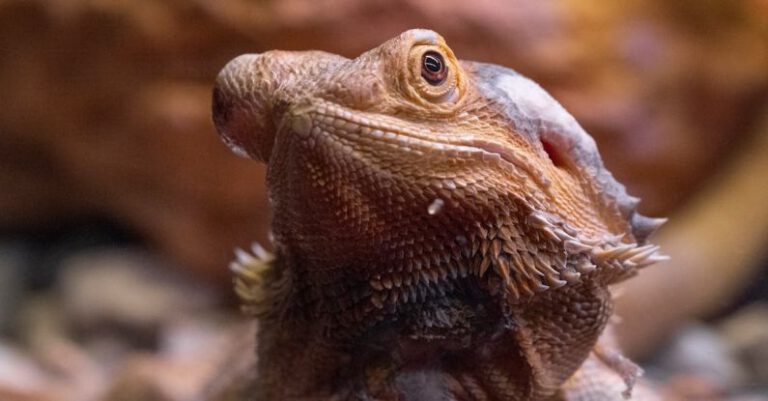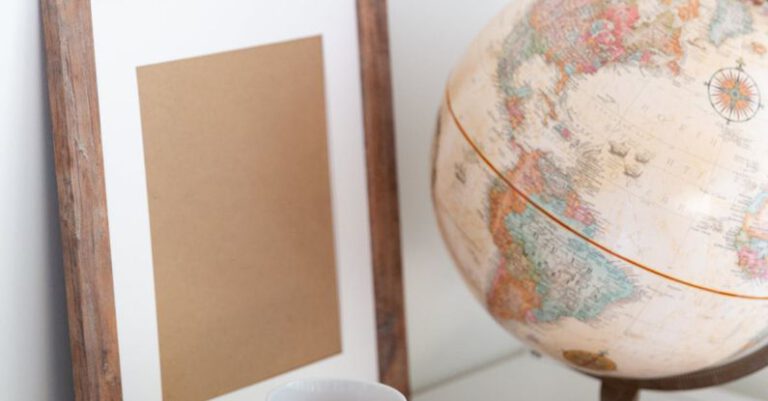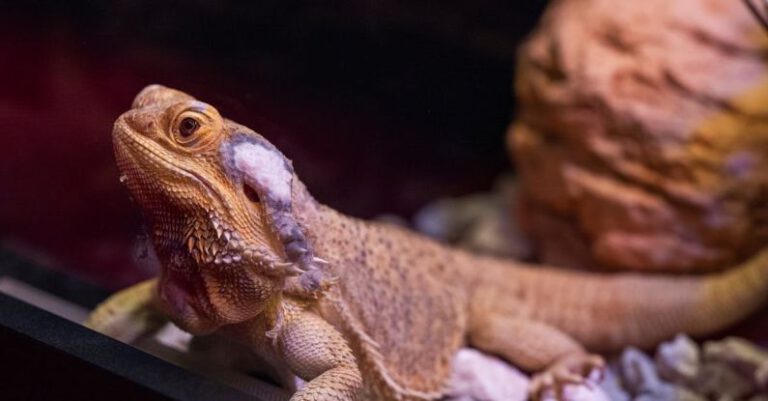How to Collaborate with Other Artists for Exhibitions

Collaborating with Other Artists for Exhibitions
Collaborating with fellow artists for exhibitions can be a rewarding and enriching experience. It allows for the exchange of ideas, perspectives, and skills, resulting in innovative and dynamic art displays that can captivate audiences. Whether you are a seasoned artist looking to expand your network or a newcomer seeking to gain exposure, partnering with other creatives can offer a myriad of benefits. Here are some tips on how to effectively collaborate with other artists for exhibitions.
Establish a Clear Vision Together
One of the first steps in collaborating with other artists for exhibitions is to establish a clear vision for the project. Sit down with your fellow collaborators and discuss your goals, themes, and objectives for the exhibition. Having a shared vision will ensure that everyone is on the same page and working towards a common goal. Consider creating a mood board or a collaborative Pinterest board where you can share inspiration and ideas to help solidify the concept for the exhibition.
Play to Each Other’s Strengths
Each artist brings a unique set of skills and strengths to the table. When collaborating with other artists for exhibitions, it is important to identify and leverage these strengths to create a cohesive and harmonious display. Assigning tasks based on each artist’s strengths can help streamline the exhibition planning process and ensure that each aspect of the exhibition is executed to the best of everyone’s abilities. For example, if one artist excels at curating, they can take the lead on organizing the layout of the exhibition space, while another artist who is skilled at promotion can handle marketing and publicity.
Encourage Open Communication
Effective communication is key to a successful collaboration. Make sure to establish clear lines of communication with your fellow collaborators and encourage open and honest dialogue throughout the exhibition planning process. Regular check-ins, brainstorming sessions, and feedback sessions can help keep everyone on track and ensure that any issues or concerns are addressed promptly. Remember to be respectful of each other’s opinions and ideas, and be open to constructive criticism and feedback.
Divide Responsibilities Equally
To ensure a smooth and efficient collaboration, it is essential to divide responsibilities equally among all collaborators. Create a list of tasks and responsibilities for the exhibition, and assign each task to a specific artist based on their expertise and availability. By distributing the workload evenly, you can prevent burnout and ensure that each aspect of the exhibition receives the attention it deserves. Consider creating a shared Google Drive folder or project management tool where collaborators can track progress, share updates, and collaborate on documents in real-time.
Promote Each Other’s Work
Collaborating with other artists for exhibitions presents a unique opportunity to showcase and promote each other’s work. Take advantage of this opportunity by cross-promoting each other’s art on social media, websites, and promotional materials for the exhibition. Encourage visitors to the exhibition to explore all artists’ work and provide information about each artist’s background and artistic practice. By supporting and promoting each other’s work, you can help expand your reach and introduce your art to new audiences.
Celebrate Your Collaboration
As the exhibition comes to fruition, take the time to celebrate your collaborative efforts and the hard work of all artists involved. Host an opening reception or artist talk where collaborators can share their experiences, insights, and inspirations behind the exhibition. Consider creating a collaborative zine or publication that documents the process of the collaboration and showcases each artist’s work. By celebrating your collaboration, you can foster a sense of camaraderie and unity among all collaborators and create lasting memories of the exhibition.
In conclusion, collaborating with other artists for exhibitions can be a transformative and fulfilling experience that can lead to the creation of unique and impactful art displays. By establishing a clear vision, playing to each other’s strengths, encouraging open communication, dividing responsibilities equally, promoting each other’s work, and celebrating your collaboration, you can create a successful and memorable exhibition that showcases the diversity and talent of all artists involved. Embrace the opportunity to collaborate with other artists, and let your creativity and collaborative spirit shine through in your next exhibition.





